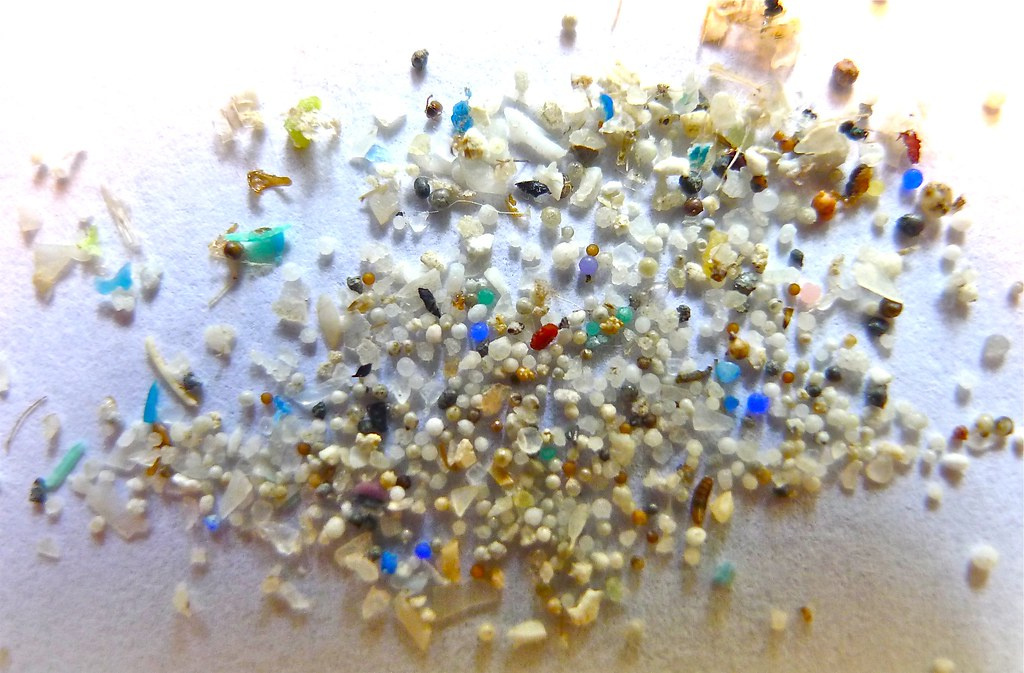You might have heard about the dangers of plastic pollution and how contaminating plastic bags are. You have by now already seen images of birds, fishes and other animals chocking or feeding on plastic bags. But as is with all things, there is more than what meets the eye.
Literally, I intend to bring your attention to the microfibers, more specifically anthropogenic microfibers. Microplastics are less than 5 mm in size are difficult to remove by filtration. Though microplastics are a component of several products, the International Union for Conservation and Nature has estimated that the textile industry is accountable for at least 35 percent of the microplastic waste in the oceans.
They are a component of the polyesters that the fashion industry uses in denim, jackets, shirts and almost every other product. These are generally not captured by the lint filters of the washing machine and may wash off to rivers or oceans. It has been estimated that the global surface consists of 3.55 × 104 tons of microplastic. Therefore the problem of microplastics needs to be solved with a macro focus.
Though this article mainly talks about the effects of microplastic pollution, you must remember that many types of microfibers are not made up plastic. They may be fibers of cotton or wool which can be degraded by the environment at a decent pace. But these microfibers usually end up taking a lot of time to decompose because they are coated by chemicals like resin.
A study conducted in 2017 in the Hudson River in the northeast USA recorded 233 microfibers (filtered through a 0.45 μm filter paper) in 142 samples. This depicts an average of 0.98 microfibers per liter. Of these microfibers 50 percent is plastic. The same study found that the microplastics were present in the river throughout its course. This calls attention to on the omnipresent plastic problem. Plastic has contaminated the ocean floor, hilltops and many other places which have hardly been visited by humans. You might have seen animals around you ingest plastic bags but microplastics can be ingested by Crustatians, whales, and crabs which can affect their metabolism.
Another study published in the Marine Pollution Bulletin 2014 had confirmed the presence of microplastics in Lake Hovsgol, Mongolia. The study reported 20,264 particles per km in the lake. The study also concluded that microplastics were sourced from highly polluted areas and were carried across the landscape by wind and water.
The world is already struggling with the problem of macro plastics. The details of microplastic pollution may come as a surprise to most people and this is where the problem intensifies. We are aware of the problems of plastic bags and plastic bottles, yet we miserably fail to reduce their consumption in our daily lives. How can laws of personal rules regarding consumption be formulated regarding micro plastic consumption and disposal- substances that are even hard to notice.
The fashion industry does not only have to be careful of the plastic microfibers it uses but also have a look at and understand how long its non- plastic fires take to decompose. The macro scale prevalence of microplastics indicates how careful we need to be with regard to all the products that we purchase.
References
Free, C. M., Jensen, O. P., Mason, S. A., Eriksen, M., Williamson, N. J., & Boldgiv, B. (2014). High-levels of microplastic pollution in a large, remote, mountain lake. Marine Pollution Bulletin, 85(1), 156–163. doi:10.1016/j.marpolbul.2014.06.001
Miller, R. Z., Watts, A. J. R., Winslow, B. O., Galloway, T. S., & Barrows, A. P. W. (2017). Mountains to the sea: River study of plastic and non-plastic microfiber pollution in the northeast USA. Marine Pollution Bulletin, 124(1), 245–251. doi:10.1016/j.marpolbul.2017.07.028

